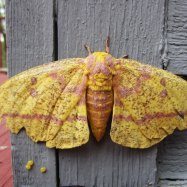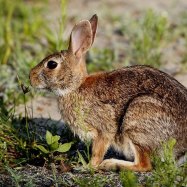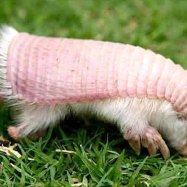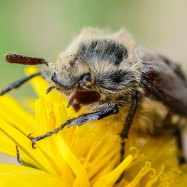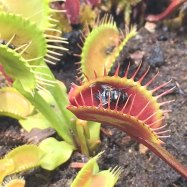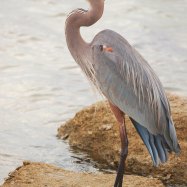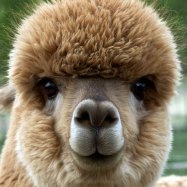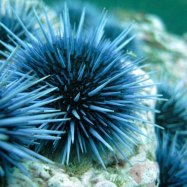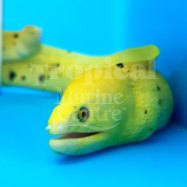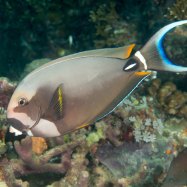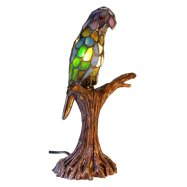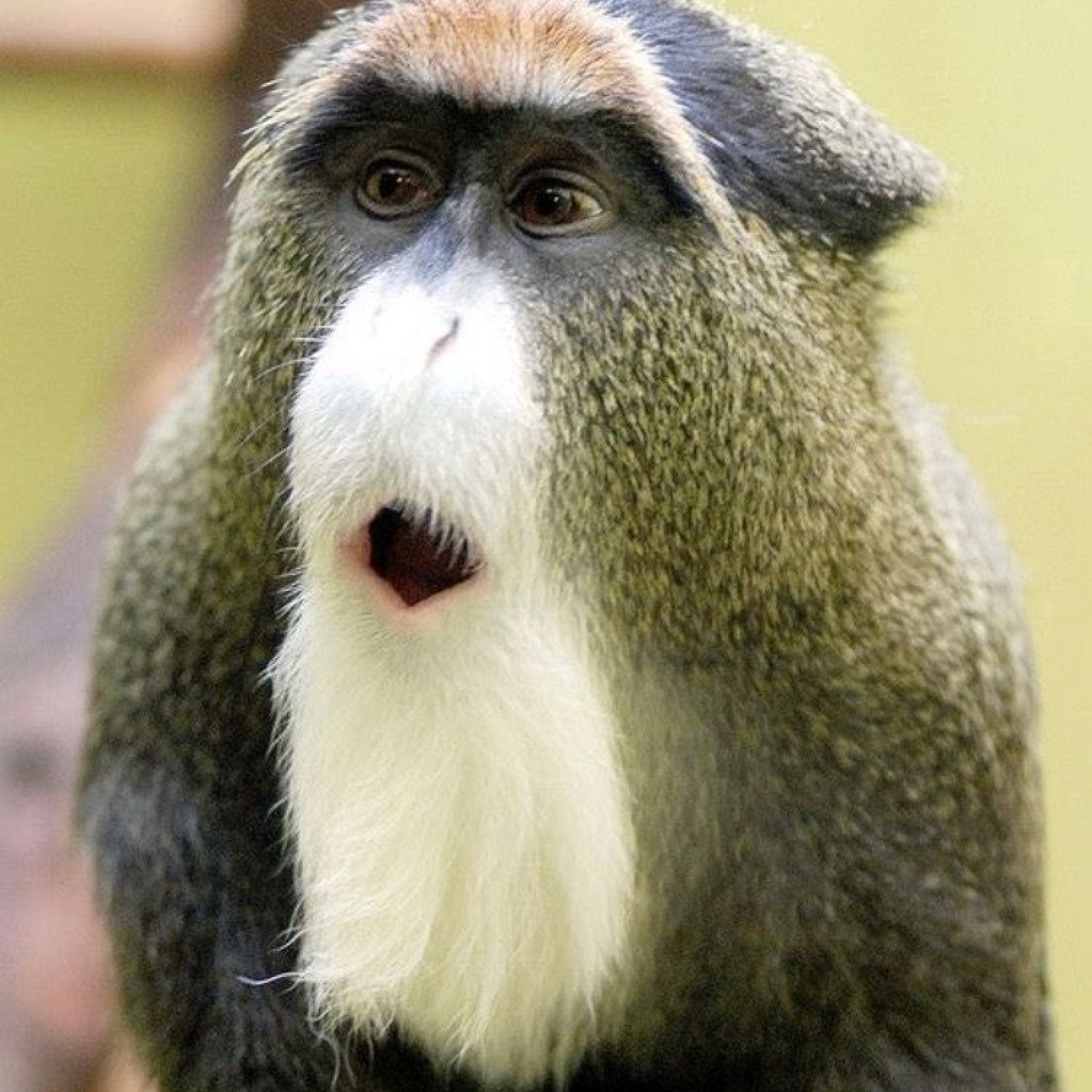
De Brazzas Monkey
45-70 cm
The De Brazza's Monkey is a fascinating animal native to the rainforests and wetlands of Africa. With a length of 45-70 cm and a stout body, these medium-sized monkeys have long limbs and belong to the family Cercopithecidae. These intelligent primates are known for their unique physical features and social behavior, making them a must-see for any wildlife enthusiast. #DeBrazzasMonkey #AfricanWildlife #RainforestAdventures
Animal Details Summary:
Common Name: De Brazzas Monkey
Kingdom: Animalia
Habitat: Tropical forests and swamps
Exploring the Fascinating World of De Brazzas Monkeys
The world of primates is a diverse and captivating one, filled with unique species that continue to astound scientists and animal lovers alike. In the heart of Central Africa, one such species stands out for its striking appearance and fascinating behavior- the De Brazzas Monkey, scientifically known as Cercopithecus neglectus.This captivating animal, also commonly known as De Brazza’s monkey, is a member of the Cercopithecidae family and can be found in the rainforests and wetlands of countries like the Democratic Republic of the Congo, Sudan, and Uganda. A true sight to behold, the De Brazzas Monkey has captured the hearts of many with its distinctive features and intriguing behavior De Brazzas Monkey. In this article, we will delve into the unique characteristics that make this primate one of a kind.
A Classification Like No Other
The classification of the De Brazzas Monkey may seem familiar to those well-versed in the animal kingdom. This species belongs to the Kingdom Animalia, Phylum Chordata, Class Mammalia, Order Primates, and Family Cercopithecidae. What sets it apart from its primate relatives, however, is its genus- Cercopithecus, which is home to over 20 species of Old World Monkeys. The De Brazzas Monkey is the only species within this genus to exhibit its unique and mesmerizing characteristics.A Habitat Like No Other
The De Brazzas Monkey calls the lush tropical forests and swamps of Central Africa its home. These areas provide the perfect environment for these primates to thrive, with plenty of vegetation and water sources to fulfill their dietary and survival needs. However, this also means that they are confined to a specific geographical distribution, primarily found in countries like the Democratic Republic of Congo, Sudan, and Uganda.A Diet Unlike Any Other
As omnivorous animals, De Brazzas Monkeys have a varied diet consisting of both plant matter and small animals Dilophosaurus. They primarily feed on fruits, seeds, leaves, and insects found in their habitat. However, on occasion, they have been known to also consume birds, eggs, and small mammals, showcasing their opportunistic feeding behavior.A Coloration That Stands Out
One of the first things that catch the eye when observing a De Brazzas Monkey is its unique coloration. These primates have a gray-brown fur coat with a distinct white ruff collar around their necks, giving them a regal appearance. To top it all off, they sport a reddish-brown cap on their head, making them one of the most strikingly colored monkeys in the world.A Body Shape That Makes Them Stand Tall
Measuring between 45-70 cm in length and weighing around 4-7 kg, De Brazzas Monkeys have a relatively medium-sized body for a primate. However, their body shape is what sets them apart from their counterparts. They have a stout body with long limbs, giving them an upright stance that makes them look taller than they actually are. This unique physical characteristic is just one of the many features that make the De Brazzas Monkey a visually intriguing species.The Lives of De Brazzas Monkeys
These fascinating primates are known to be social animals, with groups consisting of one dominant male and several females and their offspring. They are diurnal creatures, meaning they are active during the day and spend their nights sleeping in tree branches.One of the most interesting aspects of De Brazzas Monkeys is their communication. They use a range of vocalizations, gestures, and facial expressions to communicate with one another. These can vary depending on the situation, such as loud alarm calls when sensing danger or gentle grunts to maintain group cohesion.
Their intelligence and curious nature have also been observed in captive settings, where they have been known to learn and mimic human behaviors. Some individuals have even been trained to perform in circus acts, showcasing their trainability and adaptability.
The Threats Faced by De Brazzas Monkeys
As with many primate species, the De Brazzas Monkey is facing threats to its survival. The primary threat is habitat loss due to deforestation and human encroachment. The fragmentation of their habitat has resulted in smaller and isolated populations, making it difficult for them to find mates and pass on their genetic diversity.They are also hunted for their meat and often traded as exotic pets, resulting in a decline in their population. Conservation efforts are being made to protect their habitats and curb the illegal pet trade, but more needs to be done to ensure the survival of these unique and alluring animals.
The De Brazzas Monkey- A Treasure of Central Africa
The De Brazzas Monkey may not be as well-known as other primate species like chimpanzees or gorillas, but that does not diminish its importance. With its captivating appearance and intriguing behavior, this species is truly a hidden treasure of Central Africa. As we continue to learn more about these animals and their significance in their ecosystems, it becomes increasingly clear that they are an integral part of our natural world and must be protected for future generations to appreciate.In conclusion, the De Brazzas Monkey is a prime example of the incredible diversity found in the animal kingdom. Its unique coloration, social behavior, and adaptability make it a fascinating subject of study for scientists, while its endearing features and personality charm animal lovers worldwide. Let us appreciate and safeguard these magnificent creatures, ensuring that they can continue to thrive in their natural habitat for many years to come.

De Brazzas Monkey
Animal Details De Brazzas Monkey - Scientific Name: Cercopithecus neglectus
- Category: Animals D
- Scientific Name: Cercopithecus neglectus
- Common Name: De Brazzas Monkey
- Kingdom: Animalia
- Phylum: Chordata
- Class: Mammalia
- Order: Primates
- Family: Cercopithecidae
- Habitat: Tropical forests and swamps
- Feeding Method: Omnivorous
- Geographical Distribution: Central Africa
- Country of Origin: Democratic Republic of the Congo
- Location: Rainforests and wetlands
- Animal Coloration: Gray-brown fur with a white ruff collar and a reddish-brown cap
- Body Shape: Medium-sized with a stout body and long limbs
- Length: 45-70 cm
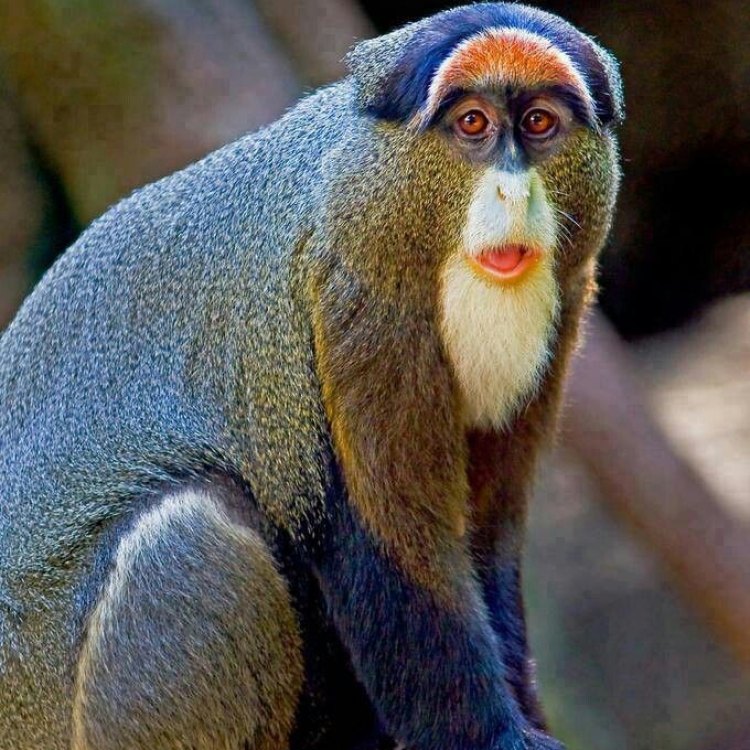
De Brazzas Monkey
- Adult Size: 4.5-14 kg
- Average Lifespan: Up to 22 years
- Reproduction: Sexual
- Reproductive Behavior: Polygynous
- Sound or Call: Vocalizations include barks, grunts, and screams
- Migration Pattern: No regular migration patterns
- Social Groups: Live in small family groups of around 10 individuals
- Behavior: Diurnal and arboreal, spending most of their time in trees
- Threats: Habitat loss, hunting, and pet trade
- Conservation Status: Near Threatened
- Impact on Ecosystem: Play a role in seed dispersal and pest control
- Human Use: Hunted for bushmeat and captured for the illegal pet trade
- Distinctive Features: Long white ruff collar and a reddish-brown cap on its head
- Interesting Facts: De Brazzas monkeys are known for their ability to hide in the treetops and remain motionless for long periods of time
- Predator: Leopards, large snakes, and birds of prey
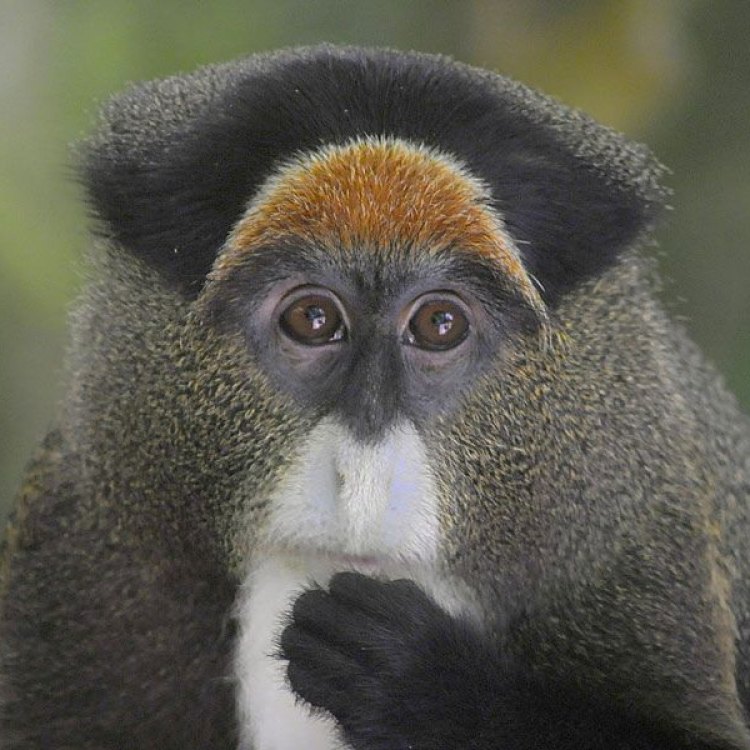
Cercopithecus neglectus
The Curious Creature: Exploring the Fascinating World of De Brazza's Monkey
Nestled deep in the lush jungles of Central Africa, you will find a primate that stands out among its fellow cousins. With its striking appearance and peculiar behaviors, the De Brazza's monkey has captivated the attention of researchers and nature enthusiasts alike. From its distinctive white ruff collar to its impressive reproductive habits, this unique species has a lot to offer in its small frame.In this article, we will delve into the intricate details of De Brazza's monkey, uncovering its physical characteristics, behavior, threats, and overall impact on the ecosystem PeaceOfAnimals.Com. We will also highlight its interaction with humans and how it has become a sought-after creature in the illegal pet trade. So, let's embark on this adventure and learn more about the curious creature – De Brazza's monkey!
The Physical Appearance of De Brazza's Monkey
De Brazza's monkey, also known as the swamp monkey, is a medium-sized primate, with an adult size ranging from 4.5 to 14 kilograms. Its body is covered with thick, soft fur that varies in color from dark grey to reddish-brown, with a distinctive reddish-brown cap on its head. However, what makes this species stand out is its long white ruff collar, which gives it a regal appearance.With a height of about 50 to 65 centimeters and a tail that can grow up to 75 centimeters, De Brazza's monkey has a slender and agile body, perfectly adapted for its arboreal lifestyle. Its long, strong tail serves as a balancing tool while jumping from tree to tree, and its sharp, curved claws provide a firm grip on branches.
Interestingly, the De Brazza's monkey has a unique trait that sets it apart from other primates – it can change the color of its face from a healthy pink to a pale white when it is excited or threatened. This color change is a result of blood vessels under its skin and is meant to intimidate predators Dormouse.
Exploring the Behavior of De Brazza's Monkey
De Brazza's monkey is a diurnal species, meaning it is primarily active during the day. It spends most of its time in the treetops, rarely descending to the ground. These primates are arboreal, which means they are well-adapted to life in trees, using their strong limbs to leap from branch to branch with ease.They are also highly social animals, living in small family groups of around 10 individuals, consisting of one adult male, several females, and their offspring. These groups are led by a dominant male, who has the privilege of mating with all the females in the group. This reproductive behavior is known as polygyny and is common among many primates.
De Brazza's monkeys are vocal creatures, communicating with each other through a range of vocalizations, including barks, grunts, and screams. These vocalizations serve different purposes, such as warning others of danger or indicating their territorial boundaries to other groups.
The Intriguing Reproductive Habits of De Brazza's Monkey
When it comes to reproduction, De Brazza's monkeys have unique behaviors and habits that have intrigued researchers for years. Unlike other primates, these monkeys have a long gestation period of around 173-175 days, which is among the longest of any non-human primate. This extended gestation period is believed to be due to their relatively low metabolic rates.Females reach sexual maturity at around three years of age, while males reach maturity at around five years. During the mating season, which usually occurs between December and March, males will compete for dominance within the group and the chance to mate with females. This competition can sometimes lead to physical altercations among the males, displaying their physical strength and dominance.
After giving birth, females will carry their offspring on their belly for the first few weeks, and then the young ones will start to cling to their mother's back. The mother will nurse and care for her infant for up to a year, after which they will start to become more independent. However, even after reaching adulthood, young monkeys may remain in their family group for a few more years, grooming and socializing with their relatives.
Impact on the Ecosystem
Apart from being fascinating creatures, De Brazza's monkeys also play a vital role in their ecosystem. As with most primates, they contribute to seed dispersal, which helps with the growth and regeneration of vegetation in their habitat. They also play a crucial role in pest control by feeding on insects, keeping the population in check.However, with their numbers declining due to multiple threats, the loss of De Brazza's monkeys can have a significant impact on the ecosystem. Without their seed dispersal and pest control, their absence could lead to an imbalance in the ecosystem, affecting other plant and animal species.
The Threats Facing De Brazza's Monkey
As with many wildlife species, De Brazza's monkeys face numerous threats to their survival. One of the most significant threats is habitat loss due to deforestation, which is happening at an alarming rate in their native Central African countries. This destruction of their habitat leaves them vulnerable and with limited food sources, making it difficult for them to survive.Another threat comes from hunting, both for bushmeat and through the illegal pet trade. These monkeys are often captured and sold as pets, despite being protected by law. Unfortunately, the illegal wildlife trade is a lucrative and widespread industry, and De Brazza's monkeys are just one of the many victims of this cruel practice.
As a result of these threats, the International Union for the Conservation of Nature (IUCN) has listed the De Brazza's monkey as "Near Threatened." This classification means that their population is declining, and without immediate action, they could become endangered in the future.
Human Use of De Brazza's Monkey
Sadly, humans have had a significant impact on the lives of De Brazza's monkeys, both positively and negatively. On the positive side, these monkeys have been a source of food for the indigenous people living in their habitat. However, the consumption of their meat has increased with the growing demand for bushmeat, leading to overhunting and further endangering their population.On the other hand, the illegal pet trade has led to the captivity of many De Brazza's monkeys, often living in poor conditions and enduring severe physical and emotional neglect. This practice not only affects the individual monkeys but also has a ripple effect on the survival of the species as a whole. It is important to note that keeping any wild animal as a pet is not only detrimental to their well-being, but it also fuels the illegal wildlife trade.
Interesting Facts About De Brazza's Monkey
Let's take a moment to appreciate some interesting facts about this unique species:- De Brazza's monkeys are known for their exceptional ability to hide in the treetops and remain motionless for extended periods. This practice helps them avoid predators and can be a helpful adaptation during times of food scarcity.
- Unlike other primates, De Brazza's monkeys have a low reproductive rate, with females only giving birth to one offspring at a time, making it even more challenging to replenish their population.
- The De Brazza's monkey is named after the French explorer Pierre Savorgnan de Brazza, who first discovered the species in Africa in the late 19th century.
Predators of De Brazza's Monkey
Despite their agility and ability to blend into the treetops, De Brazza's monkeys still have predators to watch out for. Their main predators include leopards, large snakes, and birds of prey, such as eagles and hawks. These predators are always on the lookout for an easy meal, making the life of a De Brazza's monkey a constant game of survival.The Conservation Efforts for De Brazza's Monkey
To conserve this beautiful species, conservation efforts are essential. Several initiatives are working towards protecting De Brazza's monkeys, including educating local communities about the importance of their ecosystem and promoting sustainable hunting practices.In addition, sanctuaries and rehabilitation centers for rescued De Brazza's monkeys have been established to provide a safe haven and eventually release them back into the wild. These efforts are critical in safeguarding the future of this species and its habitat.
Final Thoughts
In conclusion, the De Brazza's monkey is a fascinating creature with unique physical traits, intricate reproductive habits, and an essential role in their ecosystem. However, their population is under constant threat from human activities, highlighting the critical need for conservation efforts and raising awareness about their conservation status.As we continue to uncover more about the curious creature that is De Brazza's monkey, it is crucial that we work towards protecting their habitat and ensuring their survival for generations to come. We must remember that we share this planet with countless other species, and it is our responsibility to protect and preserve their existence. Let us take the necessary steps to safeguard the future of these remarkable primates and other wildlife species.
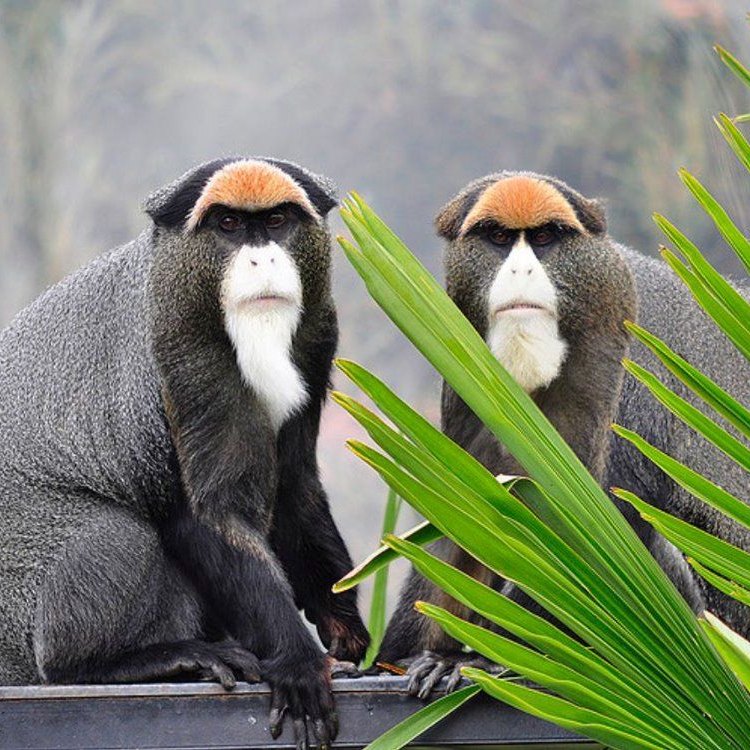
Exploring the Fascinating World of De Brazzas Monkeys
Disclaimer: The content provided is for informational purposes only. We cannot guarantee the accuracy of the information on this page 100%. All information provided here may change without prior notice.

